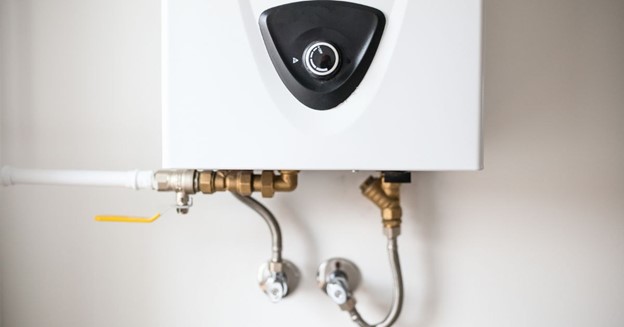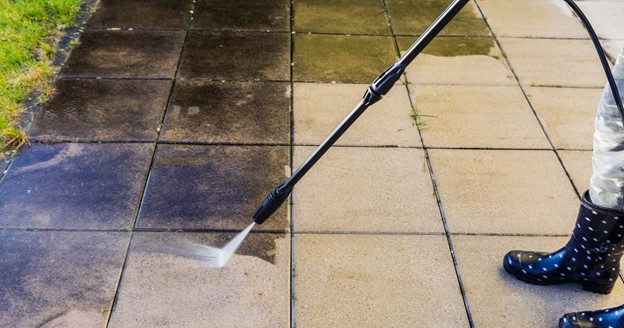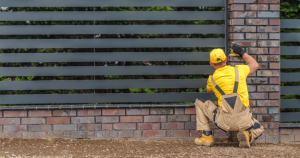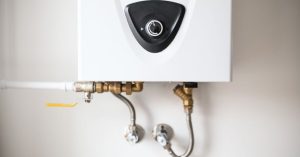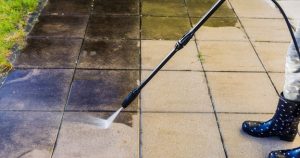A 10-Step Guide to Tankless Water Heater Installation Electric
Are you finding it difficult to install your tankless electric water heater? Here’s a 10-step guide to tankless water heater installation electric.
With the advancement in technology, using most of these home appliances has become so easy for homeowners.
However, if your current case is that your tankless electric water heater is not functioning as it used to be, then you need to replace it by installing a new one.
While it is generally believed that electric water heaters last for about twenty years, most units don’t last long because they only last for fewer than ten years.
Installing a tankless electric water heater by yourself is not as easy as you may think it is because of the consequences of the installation.
Regardless of the way you want to do it yourself, being prepared and ready for the installation is very important.
Therefore, the absence of the right tools or understanding of work requirements in the installation process can lead to problems that could result in consequences, potentially costing you time and money.
However, at Tankless water heater installation Parker, we have specialists who are highly educated and skilled at fixing any problems you may be having.
We also have access to the best products and technicians in the market, and we can build a strategy to help you save money on your power bills.
So, let’s delve into understanding the ten-step guide to installing your tankless electric water heater.
Steps to Install a Tankless Electric Water Heater
1. First, switch off the circuit breaker and water supply
You must disable the circuit breaker before beginning the work to prevent any electrical surge while you are installing the tankless water heater.
Turn off the water supply if you don’t want to flood specific parts of your home when replacing it with a new water heater.
Take into account that flooding can result in significant financial losses, making the first step on this list crucial.
2. Disconnect your old heater and drain it
If you have a tank-type water heater in your home, it’s best to drain it before taking it out.
To accomplish this, a bucket and some type of water heater must be enough.
It is necessary to unscrew the connecting pipes prior to removing the old wiring and wall-mounting brackets.

3. Remove the Front Cover
A screwdriver is necessary to remove the front cover of your new tankless unit before installing it.
Also, put them in a location where they are not likely to be lost after all the screws are removed. Therefore, all these screws are essential for a water heater to run smoothly.
However, take into account the possibility of having cables between the cover and this unit. Unplug these thoroughly before taking off the cover completely.
4. Mount the Water Heater
After that, the unit needs to be wall-mounted. Keep the water heater out of a messy spot in your house.
Nevertheless, it is crucial to have convenient access to the unit in case of an emergency.
With just a couple of screws and the included mount, it’s easy to put up the tankless water heater.
Therefore, follow the instructions that were included with your unit when you bought it.
5. Connect Any Pipes
Following the installation of your tankless water heater, the next step to take is to join the pipes that distribute hot water throughout your home.
Your water heater will have these connections that can both enter and exit. Their placement should be towards the base of the unit.
However, you may have received an installation diagram that came with your unit, which you should refer to for guidance on where the connections should go.
When using a water heater without tanks, stainless steel pipes are the most suitable option. It can withstand high temperatures without restricting system accessibility or flexibility.
The use of a stainless steel flexible pipe provides the advantage of being easily removed, especially if you want to maintain its cleanliness.
However, several instruction manuals suggest frequent cleanings.
6. Install Flow and Pressure Relief Valves
Once the connections are established, it is time to install the flow and pressure relief valves. It is easy to install flow valves.
Instead of having to shut off the water supply to your home, you can turn off the heater’s water when repairs are needed.
The installation of pressure valves is only necessary when required by the local plumbing authority.
A pressure relief valve is required on the hot water side of an electric water heater. You can also put one on the other side of your heater to ensure safety.
7. Bleed the Hot Water System
The water heater should be connected and installed entirely during this stage of the installation. But you still need to do it before you turn on the hot water system.
Opening all of your home’s hot water ducts is essential to eliminate any air in the system. If you leave these outlets open for a few minutes, the bleeding will cease.
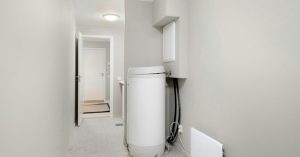
8. Examine Electrical connections before attaching the cover
To ensure your safety and that of all those around you, it’s crucial to inspect the electrical connections to your water heater.
Also, verify that these connections are properly insulated and connected to the appropriate terminals.
By doing that, all the screws from the previous situation must be reattached to the cover. Therefore, the installation of the unit is almost finished once the cover has been neatly secured.
9. Switch Circuit Breaker On
It is safe to turn on the circuit breaker since there is no need to do any work on the heater.
10. Check Temperature and Test Outlets
After the water heater is turned on, you will want to adjust the system’s temperature.
The maximum temperature of these units can cause them to become very hot, so it’s best to avoid using them if you want to prevent burns.
Also, it is important to test the temperature and rapid heating of hot water outlets from all hot water faucets, showers and dishwashers, as well as clothes washers in your home.
In case the water becomes too hot, you may want to lower the temperature.
In Conclusion
Finally, the installation of a tankless electric water heater is important if the connection of pipes and valves is proper to ensure smooth installation.
You can install your tankless water heater and enjoy unlimited hot water at home by following the highlighted steps above.
However, ensure to read through the article thoroughly to have a better understanding of the tankless water heater.
